Jesus-Rafael Soto (1923-2005)
Get a Soto Certificate of Authenticity for your painting or a COA for your Boucher drawing or print.
For all your Soto artworks you need a Certificate of Authenticity in order to sell, to insure or to donate for a tax deduction.
How to get a Soto Certificate of Authenticity is easy. Just send us photos and dimensions and tell us what you know about the origin or history of your Soto painting, drawing or print.
If you want to sell your Soto painting, drawing or print use our selling services. We offer Soto selling help, selling advice, private treaty sales and full brokerage.
We have been authenticating Soto and issuing certificates of authenticity since 2002. We are recognized Soto experts and Soto certified appraisers. We issue COAs and appraisals for all Soto artworks.
Our Soto paintings, drawings and print authentications are accepted and respected worlwide.
Each COA is backed by in-depth research and analysis authentication reports.
The Soto certificates of authenticity we issue are based on solid, reliable and fully referenced art investigations, authentication research, analytical work and forensic studies.
We are available to examine your Soto painting, drawing or print anywhere in the world.
You will generally receive your certificates of authenticity and authentication report within two weeks. Some complicated cases with difficult to research Soto paintings or drawings take longer.
Our clients include Soto collectors, investors, tax authorities, insurance adjusters, appraisers, valuers, auctioneers, Federal agencies and many law firms.
We perform Jesus-Rafael Soto art authentication, appraisal, certificates of authenticity (COA), analysis, research, scientific tests, full art authentications. We will help you sell your Jesus-Rafael Soto or we will sell it for you.
Jesus-Rafael Soto was born in Ciudad Bolivar, Venezuela and became known in the art world as a prominent Kinetic artist, and perhaps even as the founder of this fluid type of art. By Kinetic, this means that his work seemed to move and flow, though it was usually made by normal means and mediums. Soto is also considered one of the forerunners for the Geometric movement in Venezuelan art.

Working in the Op Art movement, Soto’s work was very modern and as the term implies, optical in nature. Many of his pieces were large installation works or mobiles, but he also created a number of optical paintings, much like ones you would see in professional offices in the 1980s, as well as etchings and prints.
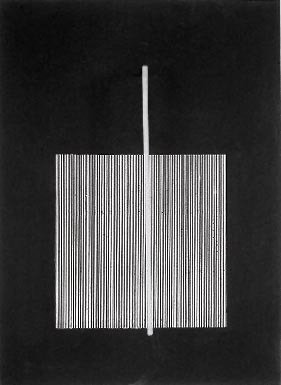
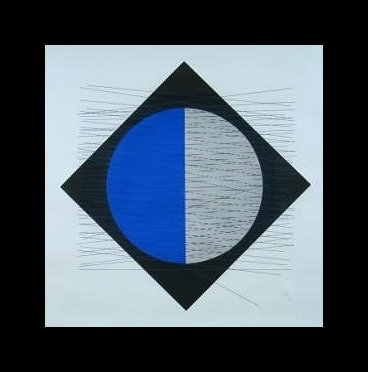
Soto’s early training was at the School of Fine Arts in Caracas, Venezuela, and not surprisingly, his earliest influences were based on Cubism and Cezanne. Through the 1940s Soto taught at the Maracaibo School of Fine Arts where he even became the director. Upon his move to Paris in the 1950s his art took on a distinctly geometric style. During this time, Soto also worked as a professional musician and played the guitar for a number of Latin American singers. Born into a family of poor musicians, this was not a surprising early occupation for Soto.
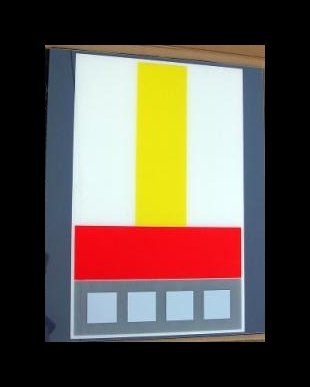
It is said that during this initial move to Paris, Soto was also highly influenced by Alexander Calder and his mobiles. This was surely the key influence for Soto in creating his geometric, kinetic and space-friendly pieces.
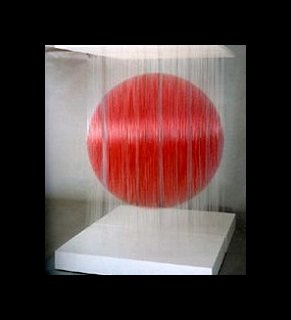
Though perhaps he is best known for his installation pieces, Soto is known for his geometric prints as well. There is little known about his early work pre-Paris, and it would be intriguing to find one of his pieces done with a Cubist hand or in the style of Cezanne.
It has been said that Soto’s installation pieces seemed to interact with the space they were created for, and can be found all over the world. Soto continued to create work well into the 21st century, so newer pieces of his may surely be in someone’s possession. Optical illusions done in black and white, 3D images painted on plexiglass and prints covered in colorful squares are all indicative of Soto’s work.
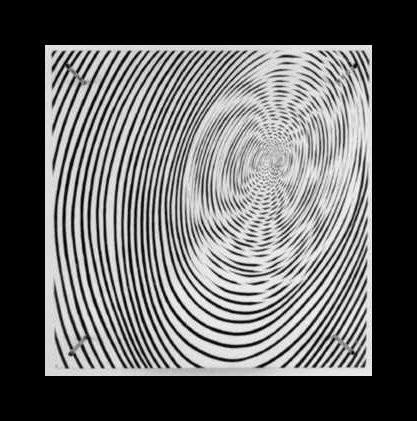
Soto died of cancer at his home in Paris in March of 2005. Some of his most prominent installation pieces can be seen at the Pompidou Centre in Paris at banks and government buildings worldwide. There is also a museum of his masterworks at The Museum of Modern Art Jesus Soto in his home town of Ciudad Bolivar.

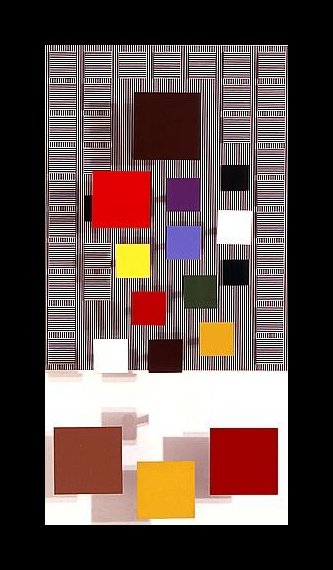
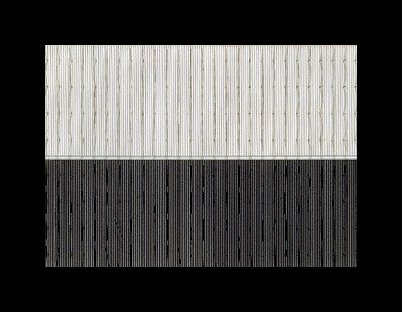
Reviews
1,217 global ratings
5 Star
4 Star
3 Star
2 Star
1 Star
Your evaluation is very important to us. Thank you.
